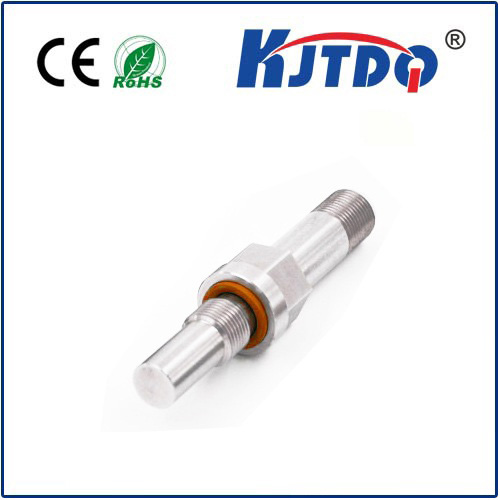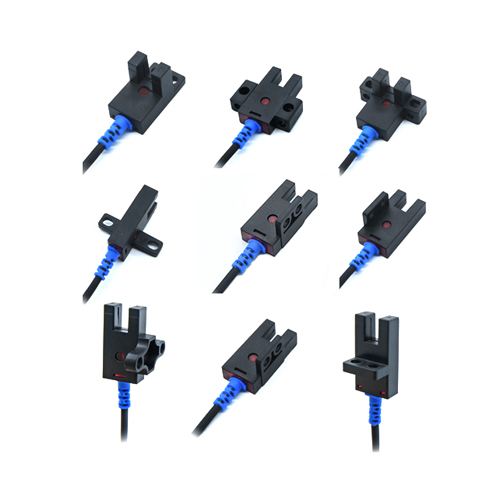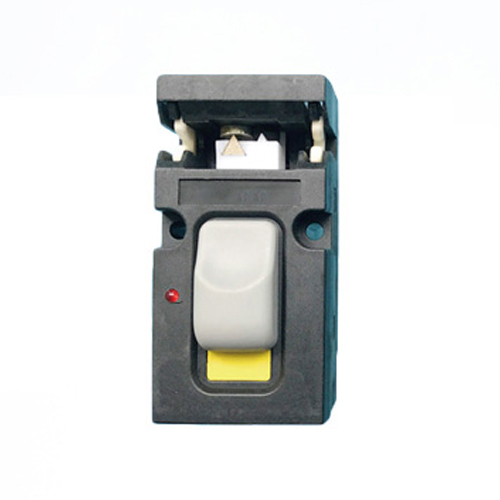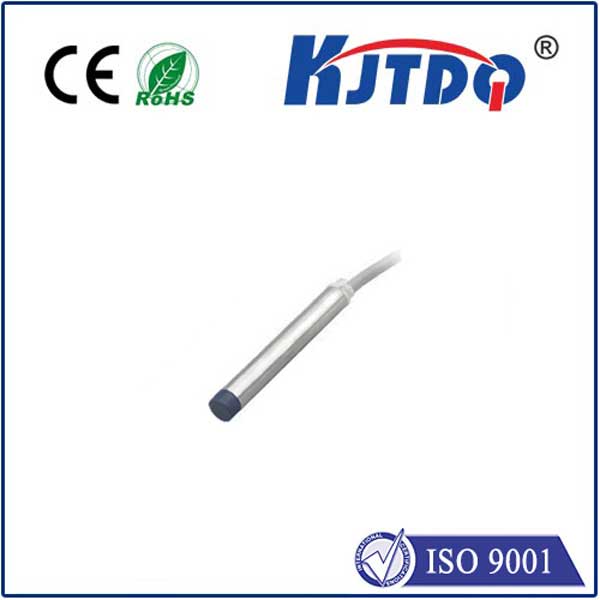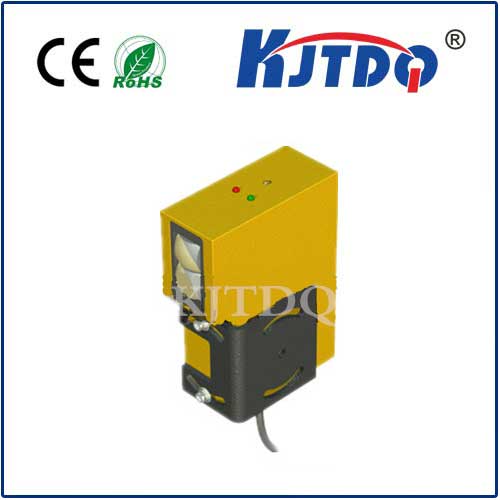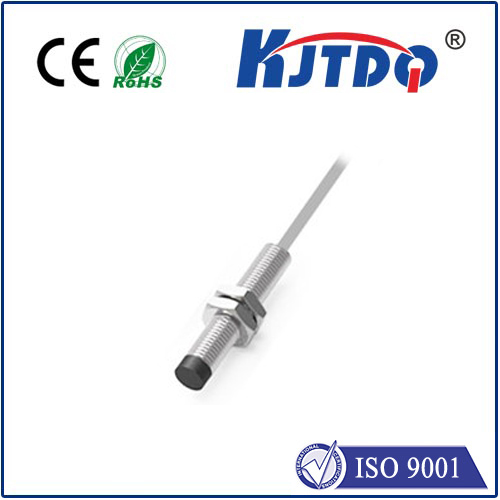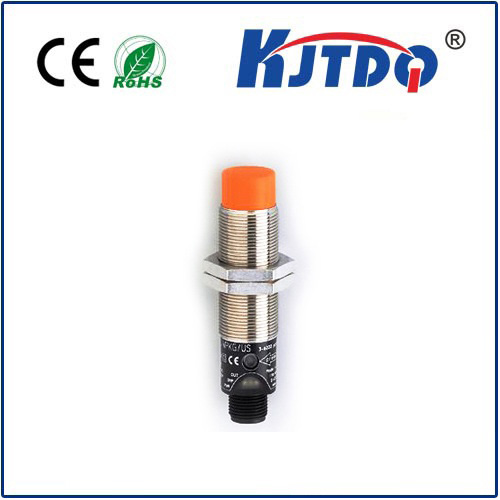E3ZM-R81-S3J 0.3M miniature photoelectric sensors
- time:2025-09-26 01:37:03
- Click:0
E3ZM-R81-S3J: The Compact Powerhouse for Reliable 0.3M Sensing
In the vast, complex world of industrial automation, where sprawling machinery dominates the landscape, a surprising paradox exists: some of the most critical functions hinge on the smallest components. Precision detection, accurate counting, and flawless positioning often rely on sensors squeezed into the tightest nooks and crannies. When every millimeter counts and reliability is non-negotiable, the E3ZM-R81-S3J miniature photoelectric sensor emerges as a remarkably compact yet powerful solution, specifically engineered for demanding 0.3-meter detection tasks. This isn’t just another sensor; it’s a testament to how miniaturization delivers robust performance without compromise.
Understanding the Photoelectric Sensor Advantage
Before diving into the specifics of the E3ZM-R81-S3J, it’s essential to grasp why photoelectric sensors are so prevalent. Unlike mechanical switches prone to wear or contact-based sensors that require physical interaction, photoelectric sensors operate by emitting a light beam (typically infrared, visible red, or laser) and detecting changes in the received light. When an object interrupts or reflects this beam back to the sensor, an electrical output signal changes state. This non-contact detection offers significant benefits: eliminating mechanical wear, enabling high-speed operation, handling delicate objects without damage, and providing consistent reliability even in dusty or dirty environments common in industrial settings.
The Miniature Marvel: E3ZM-R81-S3J Demystified

The E3ZM-R81-S3J belongs to Omron’s highly regarded E3ZM miniature photoelectric sensor series. Breaking down the model number reveals its core characteristics:
- E3ZM: Identifies the series – renowned for its compact size and high performance.
- R81: Specifies the sensing method and specific type. The “R” indicates a Retro-reflective model. These sensors incorporate both the emitter and the receiver in a single housing. They detect objects by bouncing the emitted beam off a dedicated reflector (corner cube or tape reflector) positioned opposite the sensor. The “81” often refers to a particular configuration or variant within this type.
- S3J: Denotes the output configuration. While specific outputs can vary slightly, “S3J” typically signifies a DC 3-wire configuration with an NPN output transistor (sourcing common).
- 0.3M: This crucial suffix indicates the standard sensing distance. For the E3ZM-R81-S3J, this is 0.3 meters (300mm). This is the reliable detection range guaranteed under specified conditions for its retro-reflective setup.
The “miniature” designation isn’t just marketing; it’s a core engineering achievement. The E3ZM-R81-S3J boasts an incredibly slim profile, making it uniquely suited for applications where space is at an absolute premium. Think robotic arms with intricate grippers, densely populated circuit board production lines, compact packaging machines, or inside tight enclosures where traditional sensors simply wouldn’t fit.
Why Choose the E3ZM-R81-S3J? Key Advantages for Precision 0.3M Detection
The compact size is impressive, but the true value of this miniature photoelectric sensor lies in its robust feature set:
- Exceptional Reliability at 0.3m: Engineered for consistent performance right up to its rated 0.3M sensing distance. This predictability is vital for precise positioning and control.
- Retro-reflective Simplicity (R81 Type): The retro-reflective model significantly simplifies installation compared to through-beam sensors (which require separate emitter and receiver units on opposite sides). Only wiring and mounting a single unit with its reflector streamlines the process, saving time and cost.
- Space-Conquering Design: Its miniature form factor is its superpower. Installation in confined spaces becomes feasible, opening up automation possibilities in areas previously inaccessible. This is invaluable for modernizing existing equipment or designing highly compact new machinery.
- Robust Build Quality: Don’t let its small size fool you. E3ZM sensors are known for their durability and resistance against harsh industrial environments, including moderate levels of dust and vibration.
- Stable Detection, Reduced Interference: Advanced optical design ensures a stable light axis and incorporates features to minimize the effects of environmental light interference, leading to fewer false triggers and enhanced process stability.
- Simplified Wiring (S3J Output): The DC 3-wire (NPN) output provides a simple, standardized interface compatible with most programmable logic controllers (PLCs) and control systems.
- Cost-Effective Solution: Combining the single-housing retro-reflective design, ease of installation, and reliable performance makes the E3ZM-R81-S3J a highly cost-effective sensing solution for its target range.
Where Does the E3ZM-R81-S3J Shine? Application Spotlight
This specific sensor, with its 0.3M sensing capability and retro-reflective design, excels in numerous space-constrained scenarios:
- Robotics and Automation Cells: Detecting parts on grippers, verifying end effector positions, or confirming placements within the tight quarters of robotic work envelopes.
- Small Parts Assembly and Handling: Counting or verifying presence of tiny components on conveyor belts, feeders, or pallets in electronics, pharmaceutical, or watch manufacturing.
- Compact Packaging Machinery: Monitoring film paths, detecting small product presence in form-fill-seal machines, or controlling mechanisms within the densely packed internals of wrappers and labelers.
- Medical Device Manufacturing: Ensuring precise positioning and presence detection of delicate instruments or components within clean or controlled environments where space is critical.
- Door and Hatch Monitoring: Verifying the closed position of small cabinet doors, access panels, or safety interlocks where a 0.3m range is sufficient.
- Conveyor Transfer Points: Detecting small packages or items at transfer points or diverters where mounting space is limited.
Implementing with Confidence: Key Considerations
While the E3ZM-R81-S3J offers significant advantages, successful implementation requires attention to detail:
- Reflector Selection and Mounting: Choose the correct dedicated reflector for this model (corner cube reflector) and ensure it is mounted stably and perpendicular to the sensor’s beam at the required 0.3M distance. Proper alignment is critical.
- Target Characteristics: Ensure the target object is large enough and sufficiently opaque to reliably interrupt the beam. Highly reflective or transparent objects can sometimes cause detection issues with retro-reflective sensors, though models like the E3ZM often have polarization filters to mitigate this.
- Environmental Factors: While robust, shield the sensor and reflector from excessive dust, splashing liquids (check IP rating), strong vibrations, or intense ambient light directly hitting the lens if possible.
- Electrical Compatibility: Verify the NPN output configuration aligns with your control system’s input requirements (typically sinking inputs for NPN sensors).








